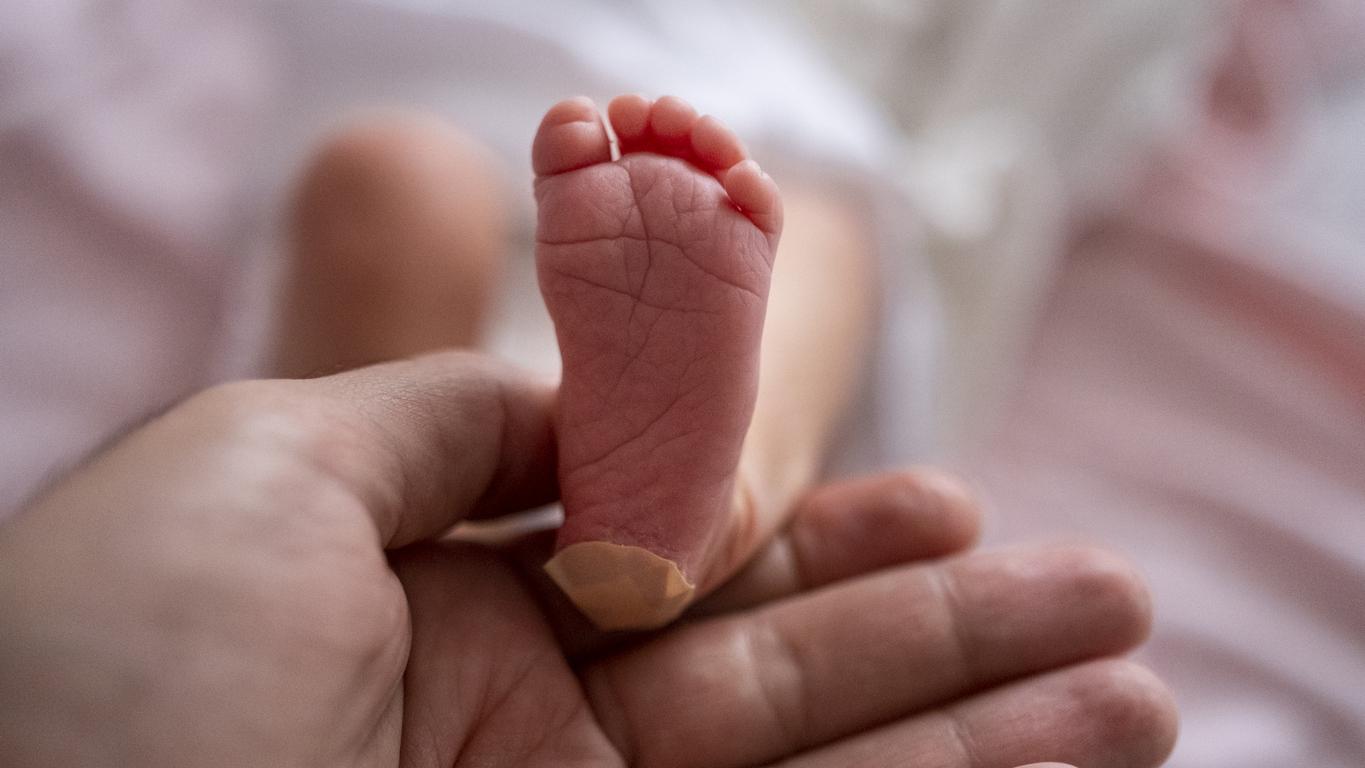The High Authority for Health is proposing to extend neonatal screening to spinal muscular atrophy, a rare and very serious genetic disease, so that affected children can benefit from treatment as early as possible.

- Spinal muscular atrophy, which affects about one in 10,000 births, is a rare genetic neuromuscular disease.
- The High Authority of Health recommends expanding the national neonatal screening program to include the pathology.
- Its detection from birth would allow treatment to begin as quickly as possible, in order to prevent, or at least limit, its development.
In France, neonatal screening (NDS), which is the subject of a national program, is a public health intervention aimed at detecting certain rare but serious diseases at birth. The objective? To implement, before the appearance of symptoms, appropriate measures in order to avoid or limit the negative consequences of these pathologies on the health of children.
Spinal muscular atrophy: “the median diagnostic delay would be between 3 and 5 months after birth”
This July 10, the High Authority of Health (HAS) recommends including spinal muscular atrophy in the national neonatal screening program. As a reminder, spinal muscular atrophy, which affects approximately one in 10,000 births, is a rare genetic neuromuscular disease. It is characterized by progressive muscle weakness from the first months of life. In its most severe form, it can lead to the death of the child before the age of 2.
In order to limit or even prevent the development of the condition, treatments must be administered to babies in the presymptomatic phase to be more effective. Problem: “currently in France, the median diagnostic time for spinal muscular atrophy is between 3 and 5 months after birth,” which delays the administration of drug therapies. This is why the health authority proposes to include spinal muscular atrophy in the screening of diseases in the neonatal period in order to identify the cases concerned before the onset and irreversible development of symptoms and to allow medical intervention from birth.
PCR to detect spinal muscular atrophy at birth
According to the HAS, this screening is based on a “reliable test, with a sensitivity greater than or equal to 95% and a specificity close to 100%, according to the studies selected”. It can be carried out at the same time as the 13 other diseases screened for at birth, using a few drops of dried blood on blotting paper. “It can be combined with that of Severe Combined Immunodeficiency (SCID), previously recommended by the HAS, since it uses the same technique: a quantitative PCR (polymerase chain reaction)”we can read in the notice.
In addition, the health authority also advises that a professional familiar with spinal muscular atrophy should provide psychological support to the family as soon as the diagnosis is announced. “For children who are not eligible for drug treatment, close medical monitoring must be put in place, with a view to rapid treatment in the event of the first symptoms appearing.”

















